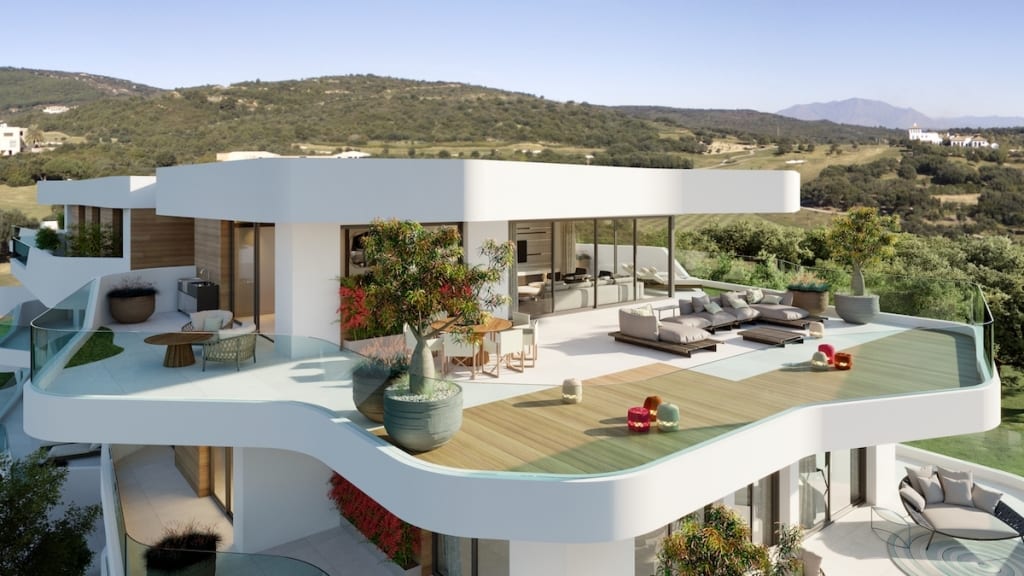
Modern day Marbella began in the mid-1940s with the arrival of the charismatic Ricardo Soriano Scholtz von Hermensdorff, Marquis of Ivanrey followed by his nephew Prince Alfonso von Hohenlohe-Langenburg, and their role in the building and opening of the Marbella Club Hotel in the mid-50s. They were influential in creating one of the very first models of ‘residential tourism’, which is defined as tourism based on the purchase of a second or retirement home.
Due to the affluence and vastly increased mobility of modern society, residential tourism, as pioneered by Marbella and other Spanish coastal areas in the 1950s, has now become a worldwide phenomenon.
Thanks in large part to the vision of Don Ricardos and Prince Alfonso, along with the leadership of many influential people they invited to marbella during those years, and many other personalities that followed, right up until today, Marbella has been incredibly fortunate to remain a low density, low rise, high quality jewel on the Mediterranean.
Due to its incredible climate in the southernmost point of Europe, added to the care taken in its development over the years, Marbella, with its 12 months season, is uniques on the entire Mediterranean coast.
Over the last years, since the market began to recover in 2012, the greater Marbella area (including Estepona and Benahavis) is now seeing hundreds of new properties being built with an emphasis on modern design, most with state-of-the-art installations, including intelligent home systems that allow absolute control of the entire home, even remotely.
The greater Marbella area us in the process of fulfilling every expectation of measured, quality, sustainable real estate development along with substantial modernisation and improvement of infrastructure and services.
In 2018 overall residential sales in Spain matched only 2008 levels, while the number of foreign buyers broke records. During 2018, architects associations in Spain approved projects for the construction of 100,723 new units, the highest figure since 2009 but still far from the 865,000 in the pre-crisis year of 2006.
The land registry reports that 12.64% of the buyers in 2018 came from outside of Spain, led once again by the UK, representing 15.54% of the total number of foreign buyers who bought twice as many properties purchased by either Germans or French, second and third respectively.
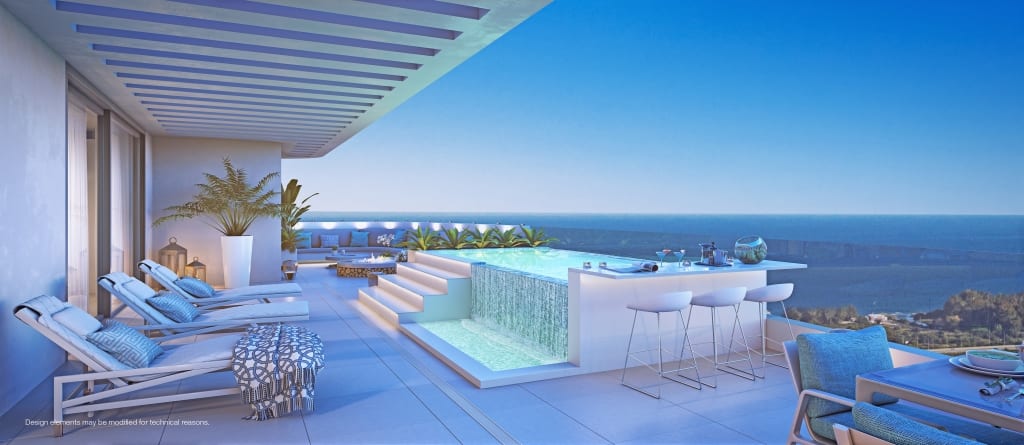
The most important real estate investment trusts (SOCIMIs), including Merlin y Colonial (quoted on the Madrid Stock Exchange) and the national property developers Neinor, Aedas, Metrovacesa and Via Celere, are all in agreement that “the foundations of the market are solid and there is excellent potential for growth in the next two or three years, even though more moderately now than in the past five years”.
In the province of Malaga, foreign purchasers represented 28.98% of all residential buyers in 2018.

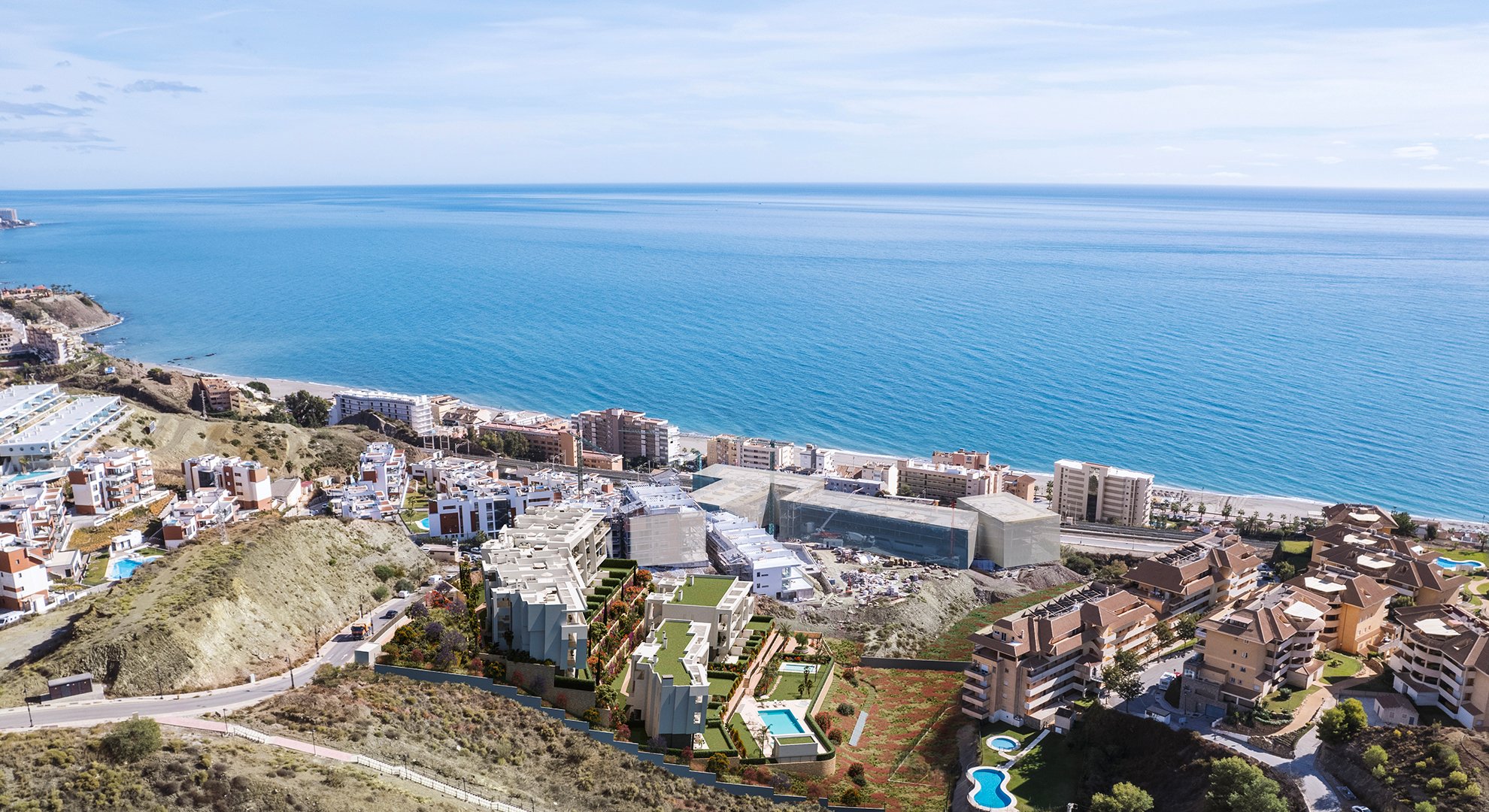
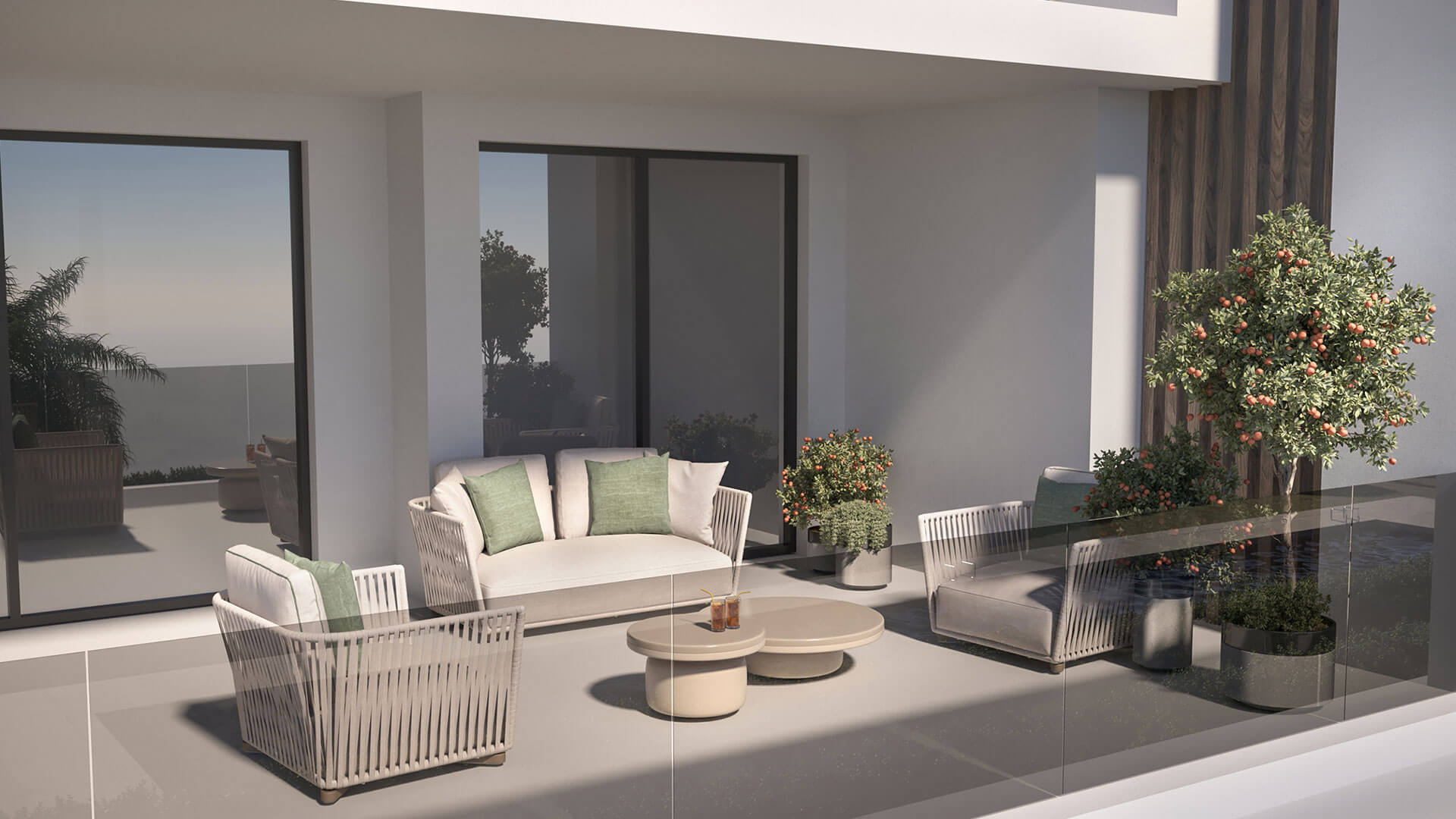

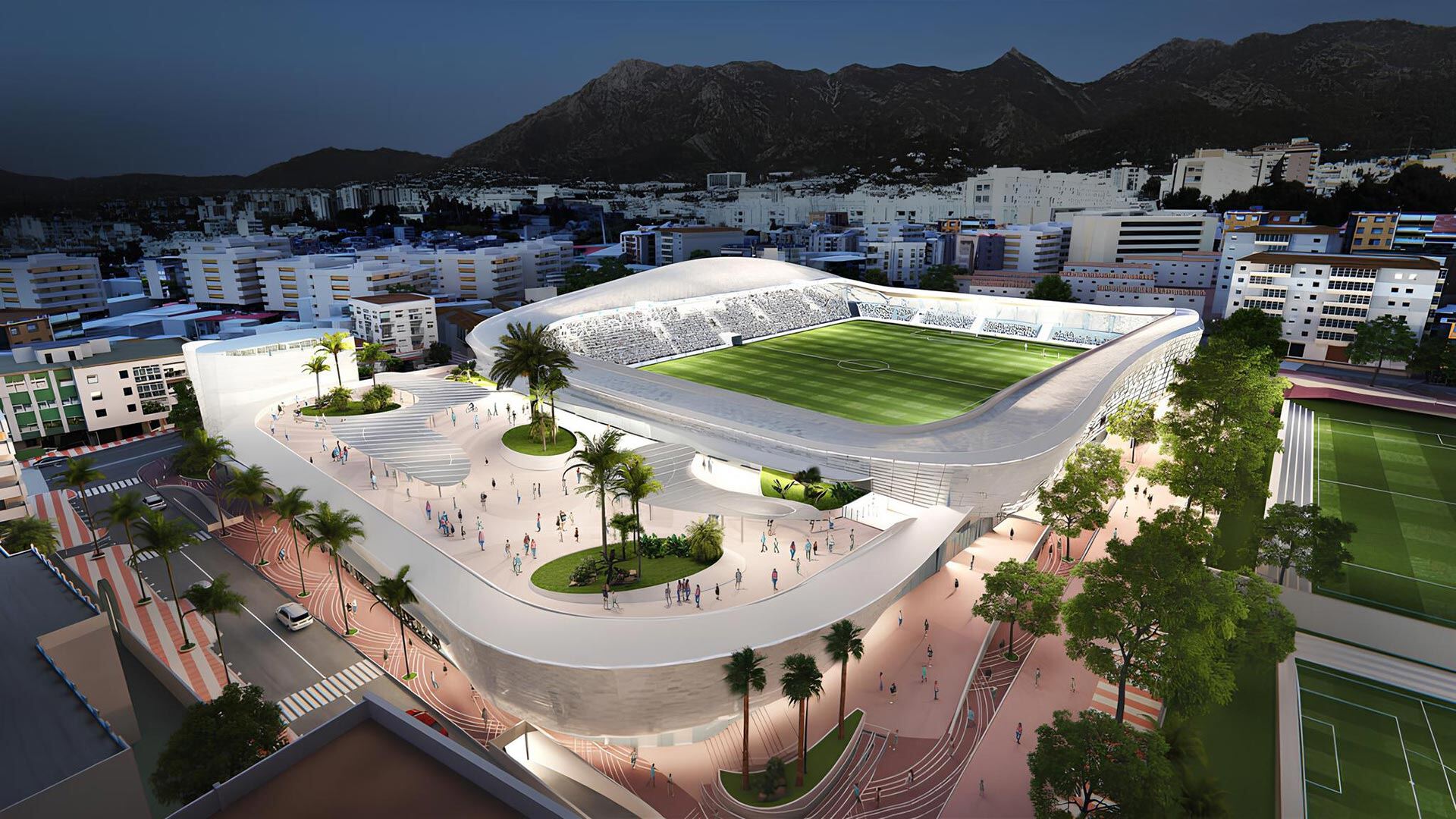
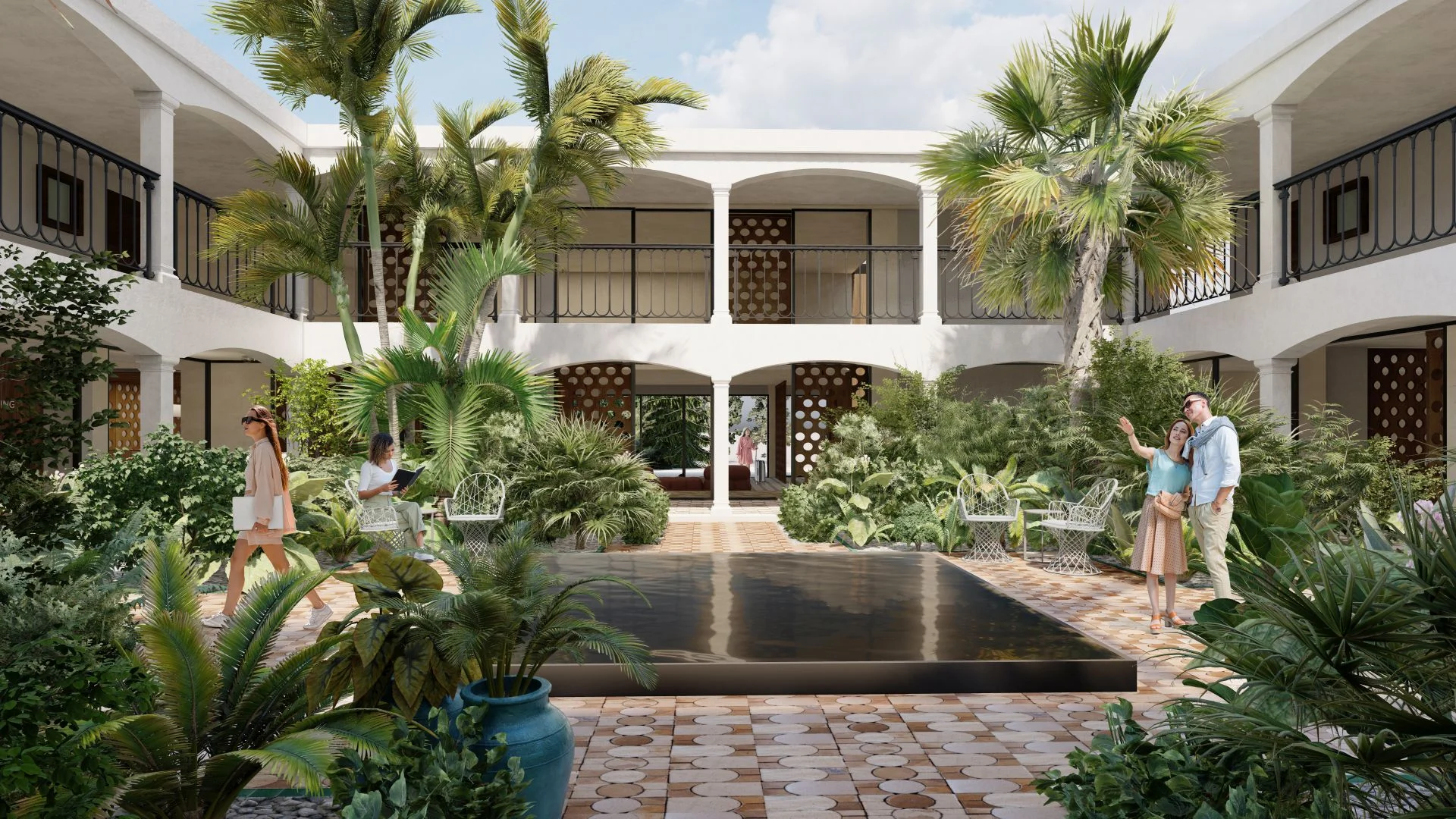
Comments